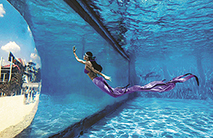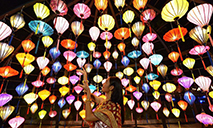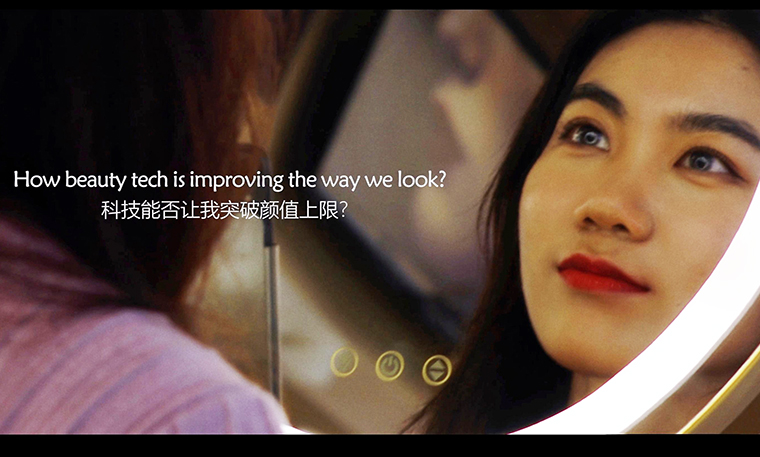Explore the millennial charm of Dunhuang
When the solemn Imperial Palace encounters the vigor and exoticism of art, the special effect that is generated surpasses one’s imagination. An exhibition at the Palace Museum in Beijing named "Beyond the Bounds of History", which is open to the public from Sept. 17 to Nov. 18 this year, showcases the everlasting beauty of Dunhuang, a major stop over along the ancient Silk Road in northwest China's Gansu Province.
The collaborative exhibition between the Palace Museum and the Dunhuang Academy displays 188 pieces of cultural relics from Gansu Province and the Palace Museum, as well as hand-painted reproductions of Dunhuang murals, high-resolution digital reproductions of murals, and replicas of caves no. 285, 220 and 320, among other items.
Lying at the edge of the Taklamakan Desert, Dunhuang is located at a cultural and religious crossroads on the ancient Silk Road. Some twenty-five kilometers southeast of Dunhuang, hundreds of caves are hewn into a cliff lavishly decorated with wall paintings and sculptural works.
The Mogao Grottoes, also known as the Qianfodong (Caves of the Thousand Buddhas), boast a rich trove of Buddhist artworks, including more than 2,000 sculptures and 45,000 square meters of murals that span a thousand years and contain a wide range of iconography such as Chinese deities and Hindu gods.
These Buddhist artworks show a striking cultural diversity in the caves. The characters in the murals with their different clothing styles also reflect the busy cultural exchanges that took place in Dunhuang.
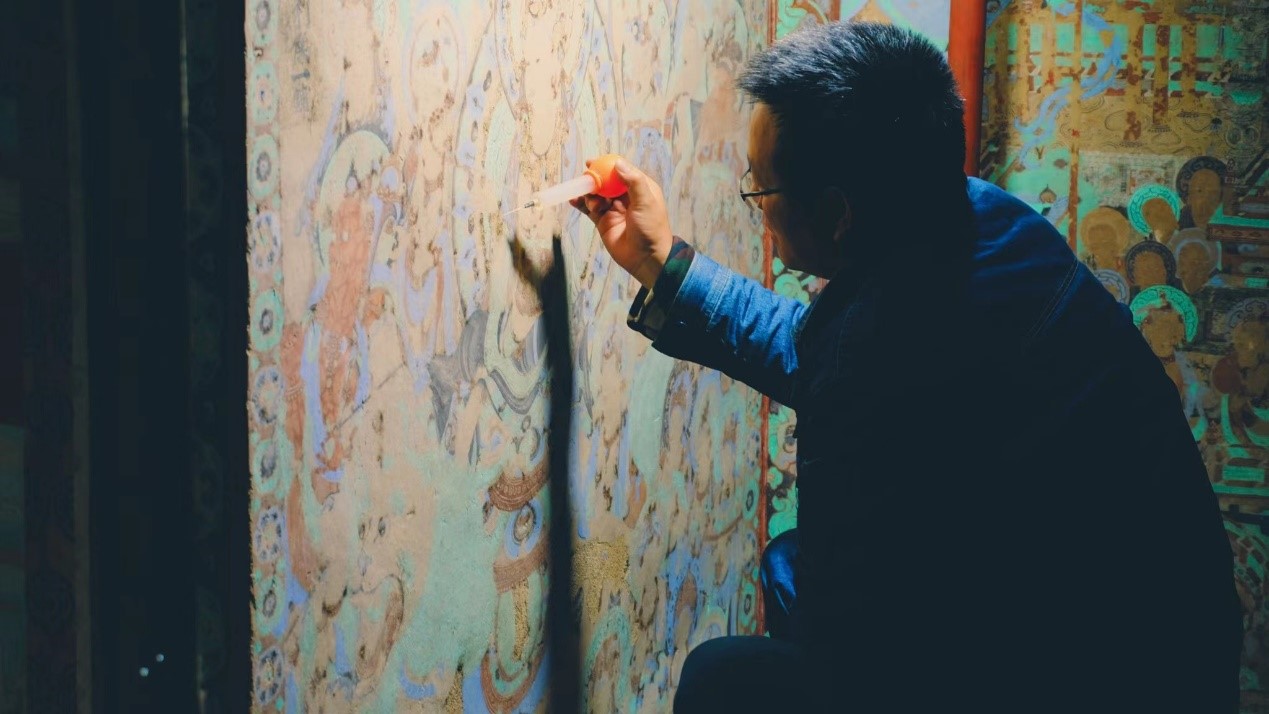
Photo taken on Oct.15, 2021 shows a cultural relic conservation expert from the Dunhuang Academy restoring a mural at Mogao Grottoes in Dunhuang, northwest China’s Gansu Province. (People's Daily Online/Lv Qiang)
"Dunhuang is not only a splendid treasure of ancient Chinese civilization but also an important witness to the frequent cultural integration and mutual learning among the diverse civilizations on the ancient Silk Road," said Shi Mingxiu, the curator of Dunhuang Museum. "The multiculturalism is testament to Dunhuang's past, which benefited both China and the rest of the world."
This is also the reason why guardians of culture like the Palace Museum and Dunhuang Research Academy, as well as countless experts and artists, have spared in no effort to protect, preserve, and promote the art of Dunhuang, hoping to ensure that the millennium-old relics can live on.
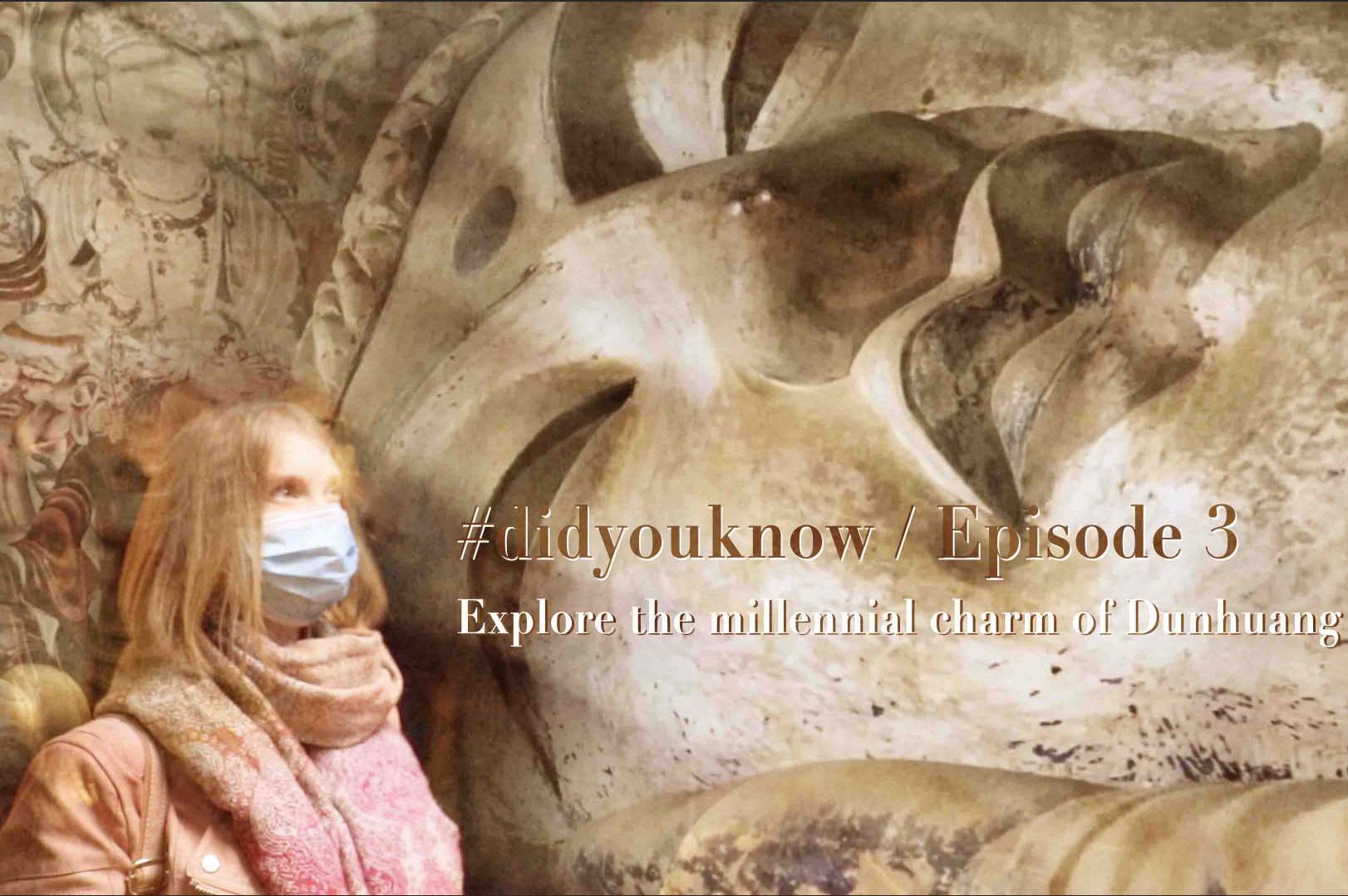
Photos
Related Stories
- Guardians of Dunhuang
- “Super mirror power plant” in NW China’s Dunhuang promotes fight against COVID-19 with gigantic slogan
- Splendid Dunhuang: Millennial cultural embassy
- 12,000 mirrors! A peek at China's largest "super mirror power plant" in Dunhuang
- China’s Dunhuang Academy seeks to bring back lost cultural relics through digitalization
Copyright © 2021 People's Daily Online. All Rights Reserved.







